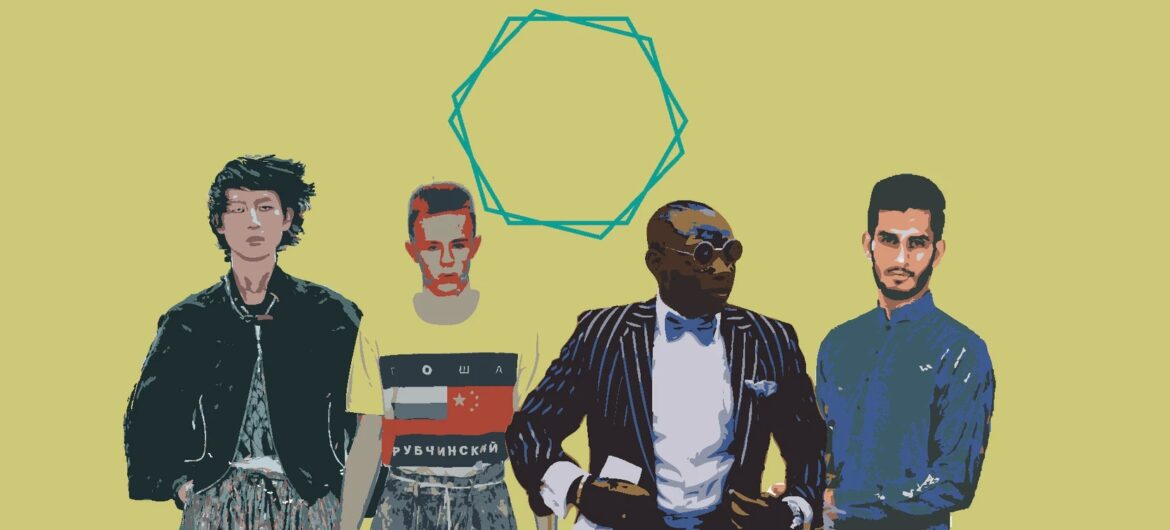Words by Olly DeHerrera, Features Editor
When I explain that my primary interest is in the study of “culture”, it is assumed that I situate myself among a group of modern-Marco Polos with an affinity for the foreign. However, being a mixed-race indigenous student, I have become familiar with the strange experience of being the culture in the room, which has required me to articulate the notion of culture-on-campus in a more critical way than I had ever intended. I’ve found that the most useful, if not slightly perplexing, dynamic of studying culture is to interrogate those who may be seeking to mark out and study that which is deemed ‘cultural’. This seeming preoccupation with notions of “culture” is apparent to the core of the university; Sussex University has its own department of Cultural Studies, hosting 10 Postgraduate research programs dedicated to the study of this abstraction, as well as many modules across many schools.
Sussex University’s One World Week, is advertised to students as an opportunity to “share cultures, raise awareness of global issues and highlight international opportunities for our diverse Sussex students and staff.” Most of us can produce an abstract mental picture of “culture” yet will likely struggle to articulate a definition of the meaning behind the images invoked. The Student Union’s proud proclamation that “One World events range from mochi making to Maslenitsa”, raises a fundamental question about the understanding of culture. Can it be said that the practice of making mochi (a Japanese rice cake) is always a cultural event? Or is it the expectations of encountering the ‘cultural’ sphere that gives the event a “cultural” meaning? Confronted with chalky colours of the Holi, Hindu Festival of Colours, taking place in Library Square on the 18th- those in attendance may feel able to assert they have experienced “culture”; however, more cynically, I may suggest that these people have experienced something they have identified as being different to their own global perspective – and have concluded that is “culture”.
The nuance here may seem semantic, but regarding culture as something which can be curated rather than just experienced is crucial to acknowledging the experiences of the ethnic groups which underpin these cultural events. Whilst students of the South Asian Student’s Society “share culture” with the wider university community in the highly photographed Holi run, they are 28.7% less likely to be awarded a 1:1 or 2:1 than their White peers…
A 2019 report by Universities UK (UUK), working in conjunction with Amatey Doku, Vice-President for Higher Education from the National Union of Students, detailed how race played a significant role in the grades that students were able to achieve. Often referred to as the “attainment gap”, the report detailed how BAME students were, on a national average, 13% less likely to be awarded top grades compared to their white counterparts. The term “attainment gap” has been contested for the onus the wording put on BAME students for such a gap; as Sussex Racial Equality Advocates (REA) explain: “’Attainment’ reinforces the deficit model. It puts the responsibility of the gap on the students by suggesting that the differences in outcome are caused by the student’s characteristics. By changing the name to the “Sussex Awarding Gap” we are bringing to light the discrimination within the societal and institutional structures and placing the responsibility back on these institutions where it belongs.” Indeed, the UUK report calls attention to structural inequalities within university environments, stating: “The BAME attainment gap does not exist in isolation within higher education, but is part of the wider structural nature of racial inequality in the UK.”.
Statistics collected by the Sussex REA showed that whilst 81.6% of white students achieved a 1:1 or 2:1 degree, “mixed/other” students achieved these top grades at only a 57.1% rate. Furthermore, Asian students were only 52.9% likely to achieve these grades and Black students face the highest awarding gap with just 42.9% awarding rate of 1:1 and 2:1 degree.
These troubling statistics cast a long shadow over Sussex’s apparent enthusiasm for ‘culture’ within the university. The way that students from Sussex’s majority White European student population are invited to interact with cultures during One Week falls in stark contrast to BAME students stories of “the experience of feeling culturally isolated and anxious in seminars, feeling alienated in accommodation” (quote from report by Mark Clark, Senior lecturer in the Business School, University of Sussex). This practice of viewing culture as a spectacle or something for academic dissection has a damaging impact on the way that Black, Indigenous, People of Colour (BIPOC) are able to view themselves as part of the academic community and academics themselves. I have often found it quite amusing that professors have been surprised to discover someone of an indigenous background in a lecture hall where Indigenous expressions and issues are being dissected as academic topics.
When endeavours at diversity are packaged in aesthetic notions of “culture”, it is too often done as the expense of the actual communities these events represent. Culture can not only be constructed by those owning the ‘diversity’, but also by those perceiving it- this allows for certain forms of ‘permissible’ culture to become spectacle, whilst more institutionally inconvenient realities within universities are obscured. Visible, BIPOC lead, cultural displays are extremely important. The UUK report identifies “belonging” as a key factor which impacts students attainment- fostered by community events of expression and being. However, the report also identifies “INCLUSIVE CURRICULUM CONTENT, DESIGN AND DELIVERY” as key feature impacting BAME student’s ability to achieve. The material and delivery of teaching is not a factor students can, or should, be expected to overcome through displays of culture for general consumption of the student community. To students who have experienced unaddressed or unresolved racism and prejudice within their university experience, events such as One World Week are unconvincing. Whilst manifestations of culture are curated, dissected, and shared by the student population, these cultures also look back at the University, ever critical of how our expressions can be fetishized and used to wash over the inequalities we face from being objects of aesthetic intrigue.




